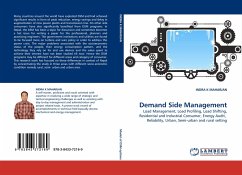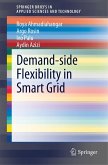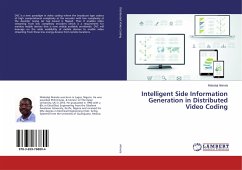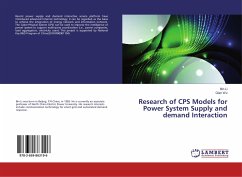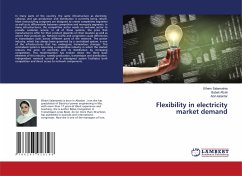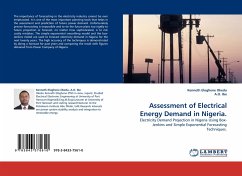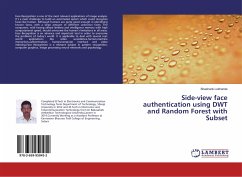Many countries around the world have exploited DSM and had achieved significant results in form of peak reduction, energy savings and delay in augmentation of new power plants and transmission line. On other side consumers have also significantly benefited from DSM programs. In Nepal, the DSM has been a topic for discussion and sometimes becomes a hot issue for writing a paper for the professional, planners and practicing engineers. The government institutions and utilities are found to be focused more on turbine and wire policy in order to address this power crisis. The major problems associated with the socioeconomic status of the people, their energy consumption pattern, and the technology they rely on for end use devices and the value spent to achieve their interest have not been studied till now. Hence the DSM programs may be different for different areas and category of consumer. This research work has focused on these differences in context of Nepal by concentrating the study in three areas with different socio-economic condition namely rural, semi- urban and urban area.
Bitte wählen Sie Ihr Anliegen aus.
Rechnungen
Retourenschein anfordern
Bestellstatus
Storno

